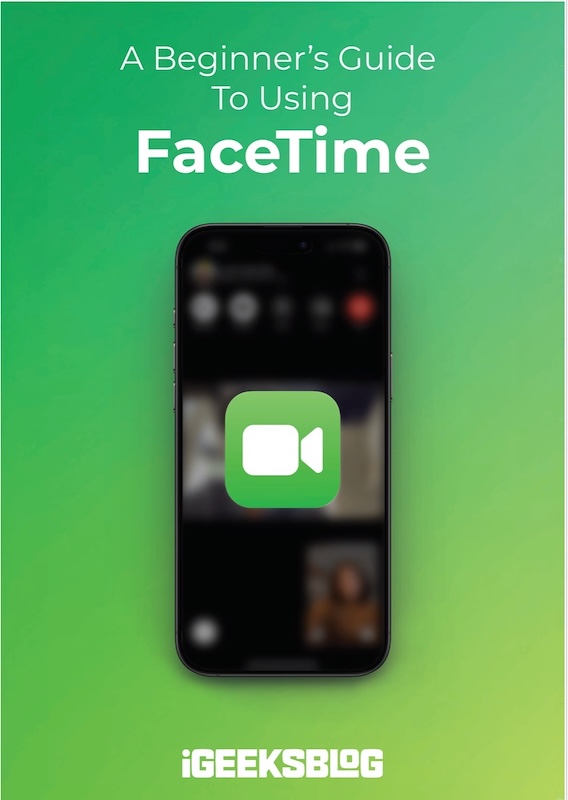
FaceTime Like a Pro
Get our exclusive Ultimate FaceTime Guide 📚 — absolutely FREE when you sign up for our newsletter below.

FaceTime Like a Pro
Get our exclusive Ultimate FaceTime Guide 📚 — absolutely FREE when you sign up for our newsletter below.
Find out why this AI revolution in Apple devices is a game-changer for smarter, more personal, and private apps you can trust.
Apple’s latest software update isn’t just about new wallpapers or design tweaks, it’s about giving apps a built-in brain. With iOS 26, iPadOS 26, and macOS 26, Apple has rolled out the Foundation Models framework, letting developers plug into the same on-device large language model that powers Apple Intelligence. That means smarter apps, features that work offline, and privacy by default since everything runs on your device.
So what does this look like in practice? A handful of apps have already jumped in, and their new features show just how wide Apple’s AI reach is becoming.
SmartGym is turning into a personal trainer that actually explains itself. You can describe a workout in plain English, and it builds a full routine with sets, reps, rest times, and even equipment adjustments. The Smart Trainer adapts as you go, suggesting when to change weights or reps, and now gives reasons for each tweak. It also generates summaries of your progress and greets you with personalized coaching messages every time you open the app.
Stoic, a journaling app focused on mental health, now creates hyperpersonal prompts based on your entries. If you log poor sleep or a rough day, you might get a compassionate nudge to reflect. It can also summarize past entries, organize them by themes, and help you rediscover older thoughts with natural language search.
Other wellness apps are using the framework too. SwingVision analyzes tennis or pickleball videos to give feedback. 7 Minute Workout lets you avoid exercises that clash with injuries. Gratitude turns journal notes into affirmations. Train Fitness adjusts workouts if certain equipment isn’t available. Even Wakeout! generates personalized mini movement breaks with reasons for each suggestion.
In education, CellWalk has become a biology guide that talks back. Tap on an unfamiliar term inside its 3D cell models and you’ll get a conversational explanation tailored to your level. Grammo now doubles as an English grammar tutor, explaining why an answer is wrong and creating new practice questions instantly. Lil Artist helps kids generate illustrated stories by picking characters and themes, no text prompts required. Vocabulary apps like Vocabulary and Platzi now use natural language understanding to group words or answer lesson-specific questions in real time.
Productivity apps are also leaning in. Stuff, a to-do app, now understands dates and tags as you type. Its new Listen Mode turns voice notes into tasks, while Scan Mode converts handwritten lists into editable items. OmniFocus 4 can build out projects for you, like suggesting what to pack for a trip, complete with tags and timelines.
On the creative side, VLLO makes video editing easier by suggesting background music and stickers tailored to each scene. Signeasy can summarize documents and let you ask questions directly about their contents. Agenda introduced Ask Agenda, a note-searching assistant that responds in plain language. Detail: AI Video Editor creates teleprompter scripts and social captions from your draft. And Essayist transforms PDFs into structured citations in seconds.
Apple has made sure these features don’t come at the cost of privacy. All of this happens on your device, offline, and with no hidden fees for developers or users. For app makers, the framework is tightly integrated with Swift, making it easy to tap into the 3-billion parameter model without setting up servers or external AI pipelines.
This is just the start. As more developers adopt the Foundation Models framework, everyday apps could quietly become a lot more intelligent, personal, and helpful, all while keeping your data where it belongs: on your device.